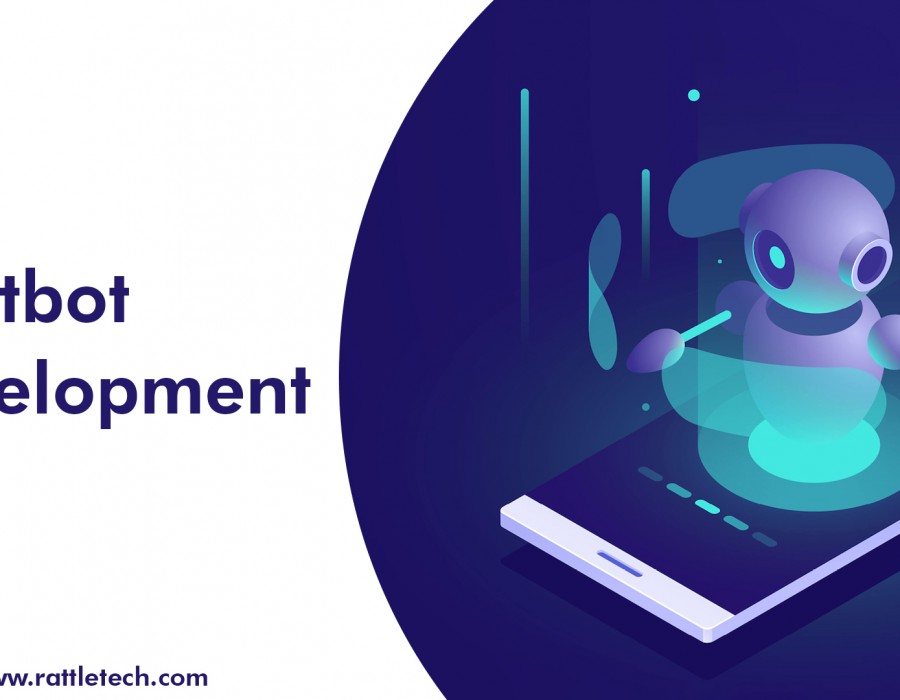Conversational AI has rapidly emerged as a powerful technology that can revolutionize the way businesses interact with their customers. As a leading chatbot development company, we have been at the forefront of this trend, and we have seen firsthand the transformative impact of conversational AI on businesses across a wide range of industries.
At its core, conversational AI refers to the use of natural language processing (NLP) and machine learning (ML) algorithms to create chatbots and other virtual assistants that can communicate with humans in a natural, human-like way. This technology can be used in a variety of applications, from customer service and sales to healthcare and education.
One of the key advantages of conversational AI is that it enables businesses to provide a more personalized and efficient customer experience. By using chatbots to handle routine inquiries and simple transactions, businesses can free up their human customer service representatives to focus on more complex and high-value interactions. This not only improves the customer experience but can also reduce costs and increase efficiency for the business.
Another advantage of conversational AI is that it can help businesses to gain insights into customer preferences and behavior. By analyzing the interactions between customers and chatbots, businesses can gather data on customer needs, pain points, and preferences, which can inform product development, marketing, and customer service strategies.
However, building effective chatbots is not always easy. There are a number of key factors that businesses must consider when developing a chatbot, including:
Understanding the customer: Before developing a chatbot, it is important to understand the needs and preferences of the target audience. This includes understanding the language they use, the types of questions they ask, and the context in which they are likely to interact with the chatbot.
Defining the use case: Once the target audience has been identified, businesses must determine the specific use case for the chatbot. This could include providing customer service, offering product recommendations, or facilitating sales transactions, among other possibilities.
Choosing the right platform: There are a number of chatbot development platforms available, each with their own strengths and weaknesses. It is important to choose a platform that is well-suited to the specific use case and target audience.
Designing the conversation flow: The conversation flow is the backbone of the chatbot, and it is important to design a flow that is both intuitive and engaging for the user. This requires careful consideration of the types of questions and responses that are most likely to be effective.
Incorporating machine learning: Machine learning algorithms can enable chatbots to improve their performance over time by learning from interactions with users. It is important to incorporate these algorithms in a way that is both effective and ethical, to ensure that the chatbot is continually improving without sacrificing privacy or security.
At our chatbot development company, we work closely with our clients to address these and other key considerations in order to build chatbots that are both effective and engaging. We have developed chatbots for a wide range of industries and use cases, from education to help desks.





Comments